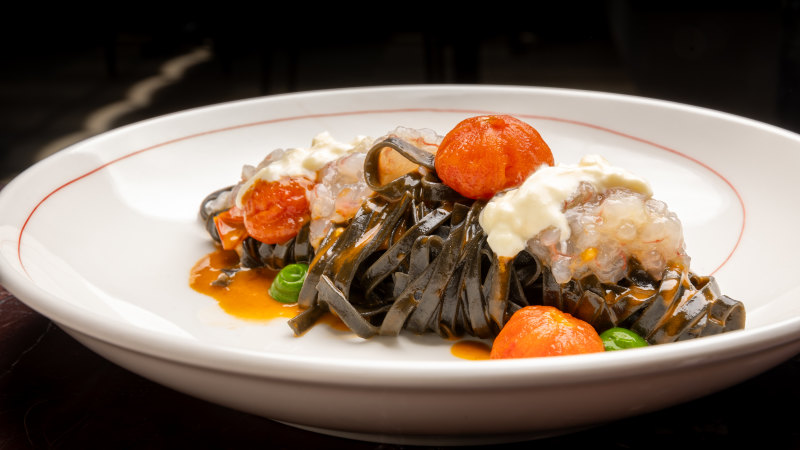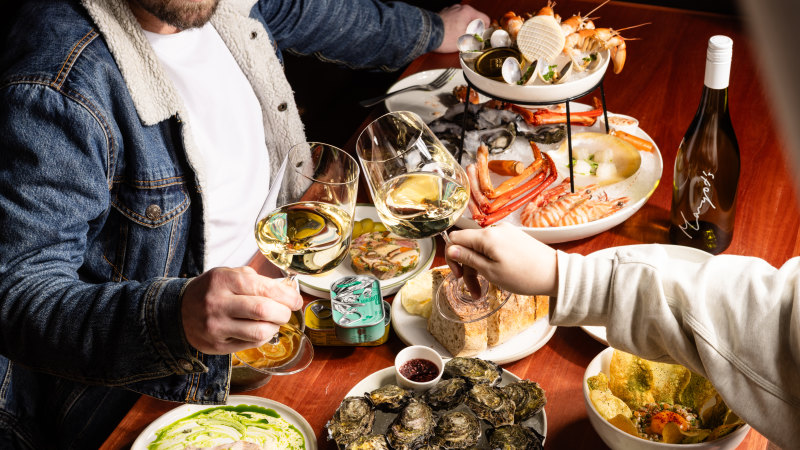-- Shares Facebook Twitter Reddit Email The journey of a McDonald’s burger patty doesn’t begin in the familiar din of the drive-thru , but on the sprawling expanses of sun-scorched pastures at calf-cow operations, the smaller farms and ranches that dot the American heartland. Typically, once calves reach six or eight months, they are weaned and sent to larger, industrial pastures to roam in vast herds, fattening on grass, though this pastoral interlude is a short one. The next stop is a feedlot, where cattle are fed an energy-rich diet of grains and corn, designed to make them grow as efficiently as possible.
When they reach about 1,200 pounds, they are “finished” — or ready for slaughter. It’s at the sprawling, chilled processing plants of industry giants like Tyson Foods , National Beef, Cargill and JBS that cattle are transformed into beef. There, workers methodically dismantle carcasses into primal cuts: chuck, rib, loin, flank, shank.
While some of those cuts will end up on supermarket shelves, nearly a billion pounds of beef each year is funneled into the McDonald’s supply chain, ground into the factory-precise patties that form the basis of its most iconic offerings. For a global giant like McDonald’s, the path from pasture to patty involves an intricate web of supply chains — essential, yet unseen in the final bite. But now, McDonald’s is suing a crucial link in that chain: the so-called “Big Four” beef producers, accusing them of inflating the.

















